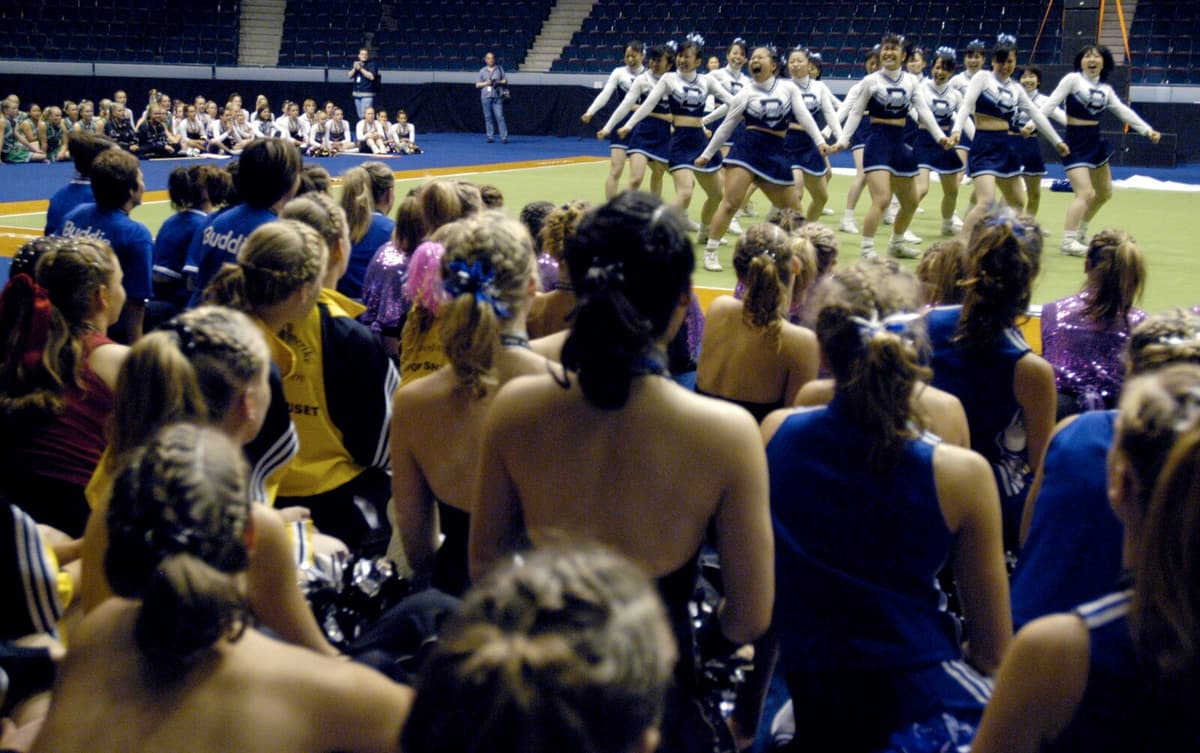More than a quarter of those surveyed have been subjected to psychological abuse in cheerleading, according to a study from Linköping University, financed by the Swedish Cheerleading Federation.
The study has been published in the Journal of Sports Sciences and is based on a survey sent to around 800 current or former cheerleaders, with approximately 35 per cent responding. Despite the relatively low response rate, the survey provides a hint about one of the reasons why many quit the sport in their teenage years.
That you get ostracized, belittled, dumbed down. Subtle, less visible behaviors, says Carolina Lundqvist, associate professor in psychology and sports science at Linköping University.
It can be about not feeling heard, or being told to do things that don't feel comfortable. Not being seen for who you are as a person, but rather the value lying in what you bring to the team, says Katarina Eriksson, Secretary General of the Swedish Cheerleading Federation.
Young leaders a problem
Another problem arises when people in positions of authority, such as a leader, are aware that harassment or abuse is occurring – but do not take any action.
In cheerleading, which is practiced by around 18,000 people in Sweden, many of whom are children and young people, it is often the case that coaches are only a few years older than the young people in the group they lead.
We have very few leaders who are even over 30 years old in our sport. It's a problem, says Eriksson.
To address the problem, the federation wants to see more athletes stay longer in the sport, but also educate the leaders who already exist. A new code of conduct has been introduced for leaders, and the study's results have already sparked several constructive conversations about leadership, according to Eriksson.
Advantage can become a disadvantage
In a cheerleading team, several different body types are needed to be successful. An advantage, when it comes to reducing the risk of, for example, eating disorders, but at the same time something that can increase the perceived pressure.
"If I'm not there, the team can't even practice. How will it go if I get sick when we're supposed to compete?" What is our greatest advantage – that you feel unique and can bring something to the team – also becomes a disadvantage, says Eriksson.
Sophie Tanha/TT
Facts: Cheerleading
TT
Cheerleading is a team sport that combines tumbling, dance, acrobatics, and cheers. The sport originated in the USA, where it grew out of the cheerleading culture in connection with sports events.
Cheerleading came to Sweden in the mid-1980s, and by the end of the decade, the first national championship was held.
Today, the sport is practiced by over 18,000 people in 59 associations around Sweden, with Swedish national teams in different categories participating in international competitions such as the World Championship and European Championship.
Source: NE, Swedish Cheerleading Federation.






